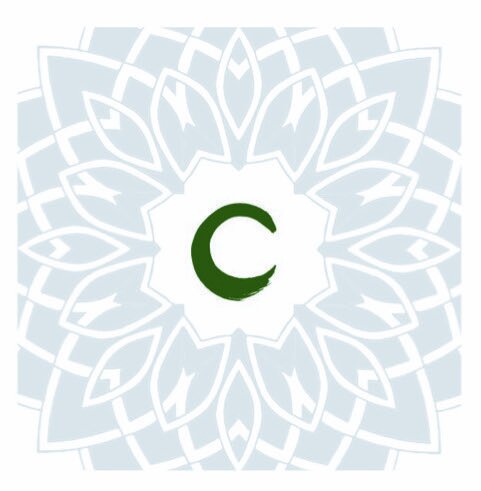Any Journey Begins with Inner Listening
Hello, creative souls!
It’s Tania here again, offering something quite close to my heart and personal practice. Have you heard of Eugene Gendlin’s ‘The International Focusing Institute’? Well, if not, you’re in for a treat, because the concepts on focusing found there, have been powerful for me, especially in nurturing creativity through what is called ‘inner listening.’
Okay, so what’s the deal with ‘inner listening’ I hear you wonder. I think we all know what that means on the surface, but the simple definition bellies’ the complex interplay hiding inside. Let me explain. Most people have felt that we each have a kind of inner wisdom, that knows more about us than we do, hiding inside. Eugene Gendlin called this the “felt sense” – it’s like that gut feeling you sometimes get, but way more nuanced. Simply put, inner listening is about learning to tap into our body’s sense wisdom to help guide our creative and problem solving journeys. Maybe that sounds a bit out there to some but stick with me.
Your Journey Begins with Focusing
Think of focusing as turning down the volume of the world and tuning into your own frequency. It’s about creating this cosy, quiet space where you can really listen to what your body is trying to tell you. No judgments, no analysis – just pure, open-hearted listening. And let me tell you, it definitely opens insights and inspiration once you get the hang of it.
Riding the Wave of Creative Flow
Gendlin believed that when we connect with our felt sense, we’re actually aligning with the universe’s creative flow. It’s like catching the right wave – suddenly, creativity doesn’t feel forced; it just naturally unfolds from within. And the best part? You’re not just creating; you’re uncovering treasures that are uniquely yours, personal and true to you alone.
And then there's Dancing with Ambiguity
If there’s one thing I’ve learned as an art therapist and a creative, it’s that creativity loves to dance in the spaces of ambiguity and uncertainty. Focusing teaches us to embrace these moments, to stay open to the unknown. It’s in these liminal spaces that our most innovative ideas and breakthroughs like to play hide and seek.
Use Focusing as a Muse
So, whether you’re painting, writing, composing music, or just trying to crack a tough problem at work, I think focusing can be your muse. Focusing is about going deeper, beyond the surface, to discover the authentic essence of your creative expression. We can all benefit from digging beneath layers, connecting with the emotional core of our unspoken needs, and by extension, innovating to find fresh solutions to complex problems. All by playfully listening inwards – love it!
Perhaps trying to focus more intently and opening to your inner ‘felt sense’, is like embarking on an adventure into the depths of your own hidden world, the world of your subconscious. It can be a journey of self-discovery, creativity, and expression, all guided by the subtle, yet profound whispers of your innermost self. So, why not give it a try? You might just surprise yourself with the wonders you uncover. Here I offer four ways that I've found particularly effective in my journey, both as an individual and as an art therapist:
Mindful Meditation: Begin with a few minutes of quiet meditation each day. Sit comfortably and focus on your breath. As thoughts and sensations arise, observe them without judgment. This practice can help you become more attuned to your body's subtle messages and sensations, opening a doorway to your subconscious.
Journaling: Keep a journal for your thoughts, feelings, and bodily sensations. When you encounter a strong emotion or a significant moment, write down not just what happened, but how it felt in your body. Describing these sensations can help you connect more deeply with your felt sense and understand its language.
Creative Expression: Engage in freeform drawing, painting, or clay work without a specific goal in mind. Focus on the process rather than the outcome. Notice how different movements, colours, and textures resonate with your inner feelings. This non-verbal exploration can be a powerful way to access and express your felt sense and true self.
Nature Walks: One of my favourites, is to spend time in nature and practice being fully present. Observe the sights, sounds, and smells around you. Notice how your body feels in different natural settings. The rhythm of walking and the immersive experience of nature can help you tune into your felt sense more readily.
Each of these practices can open unique pathways to your inner self, helping you to explore and understand the intricate landscape of your felt sense. Remember, the key is patience and ‘inner listening’.
Happy exploring!
Until next time,
Tania




